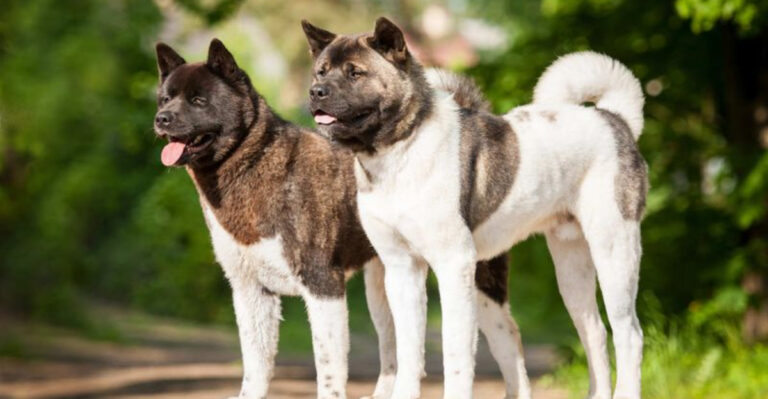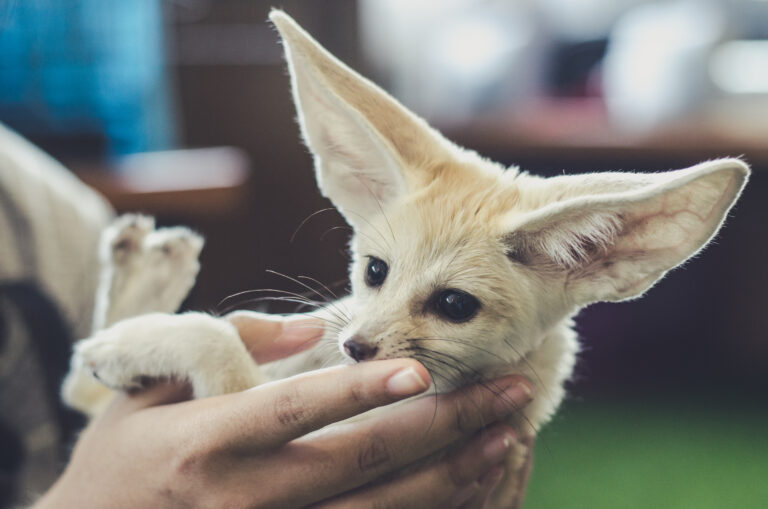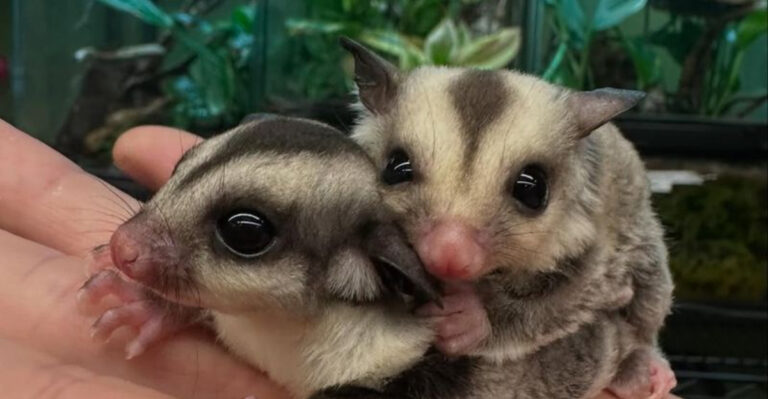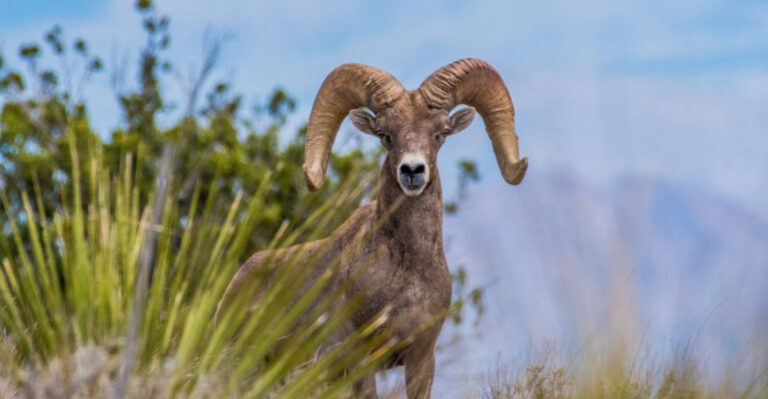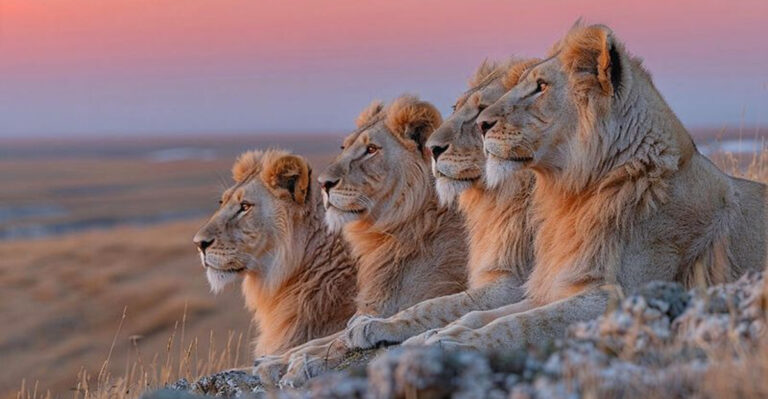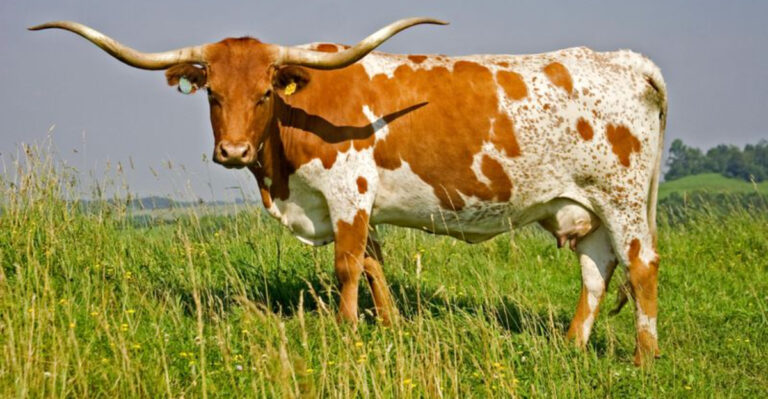10 Australian Animals That Thrive In Harsh Outback Conditions
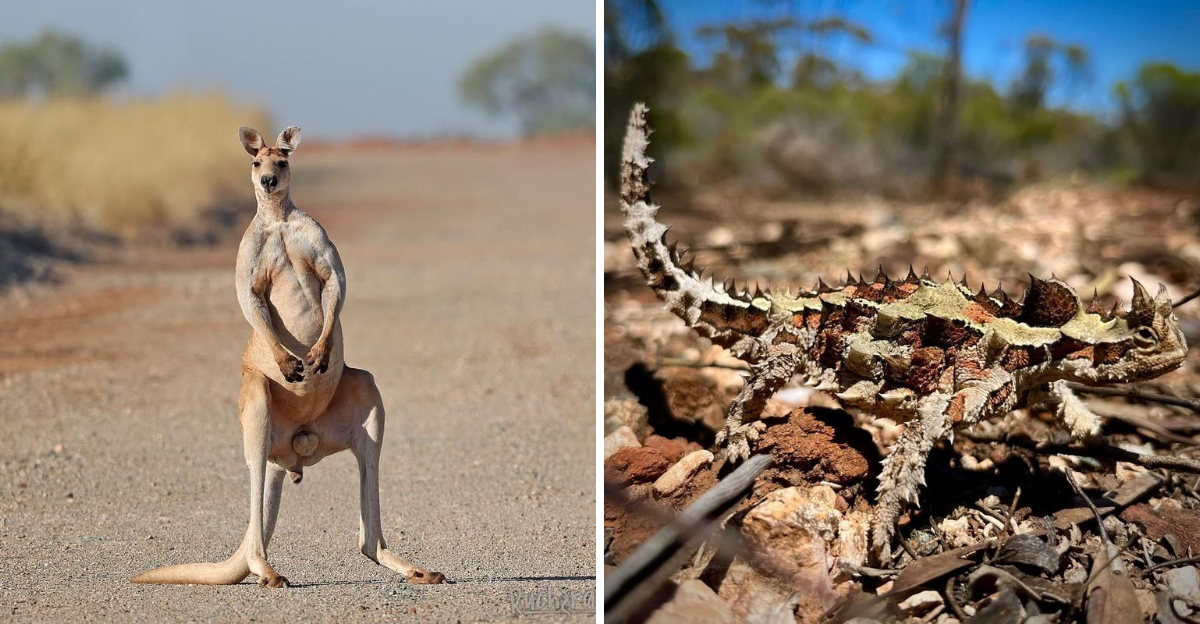
Australia’s outback is a land of extremes, where blistering heat and scarce water present a formidable challenge for survival.
Yet, within this vast and rugged wilderness, an array of unique animals have not only adapted to endure but to thrive.
These creatures exhibit remarkable resilience and resourcefulness, making the Australian outback a living testament to nature’s ingenuity. Join us on a fascinating journey as we explore ten amazing animals that call this harsh environment home.
1. Red Kangaroo
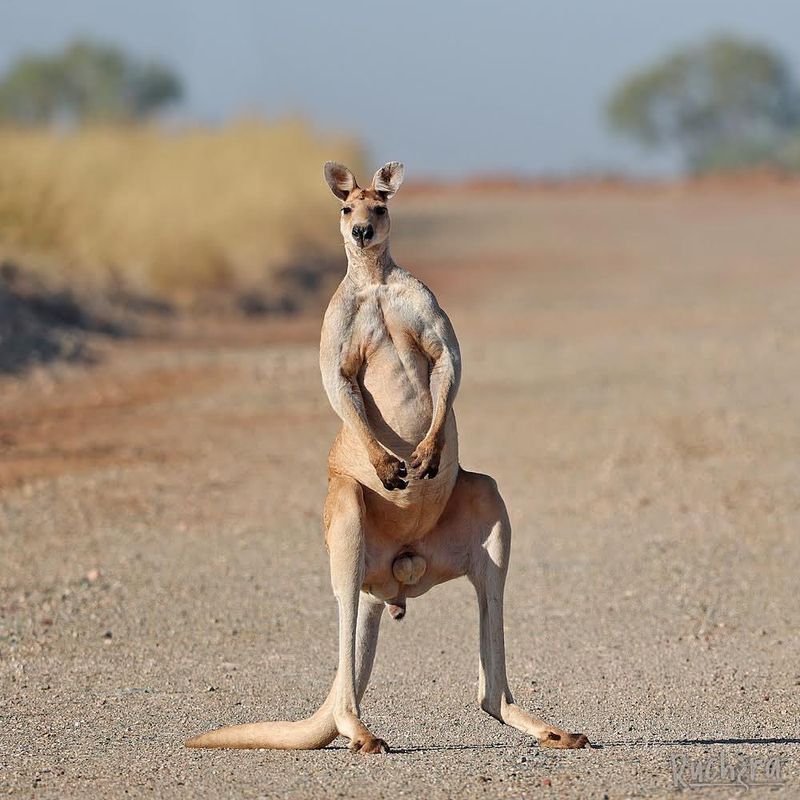
The red kangaroo, an iconic symbol of Australia, thrives in the arid expanses of the outback thanks to its incredible adaptability. Standing tall at up to six feet, males are known for their muscular build and striking red fur, while females typically display a bluish-grey hue.
This marsupial’s powerful hind legs enable it to travel vast distances in search of food and water, making it a true nomad of the desert. Red kangaroos have evolved to cope with the scorching sun, possessing the ability to regulate their body temperature by panting and licking their forearms.
When water is scarce, they rely on moisture from the plants they consume, showcasing their remarkable survival skills. With a diet primarily consisting of grasses, these kangaroos play an essential role in maintaining the delicate balance of the ecosystem.
Their social structure, known as a mob, provides protection against predators and offers a sense of community in the vast wilderness. The red kangaroo’s ability to adapt and thrive in harsh conditions is a testament to nature’s wonders.
2. Emu
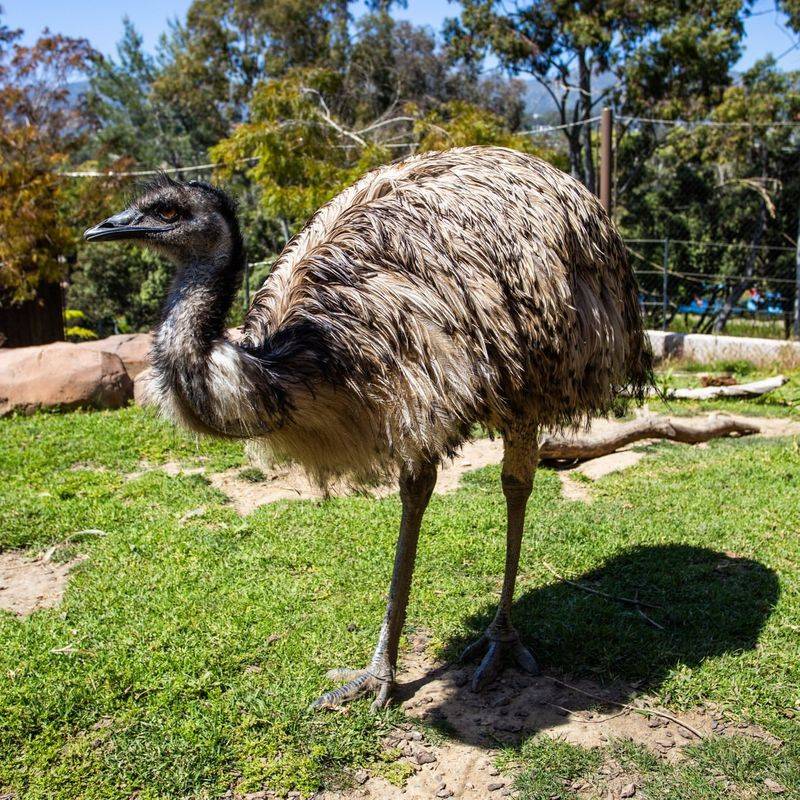
Emus, the towering flightless birds of Australia, have carved out a niche for themselves in the unforgiving outback landscape. These impressive creatures, second only to ostriches in size, can grow up to six feet tall and are characterized by their shaggy grey-brown plumage and long legs.
Emus are well-equipped to traverse the vast terrains of the outback, thanks to their powerful legs that allow them to cover great distances in search of food and water. Their diet is diverse, ranging from seeds and flowers to insects and small vertebrates, showcasing their adaptability to the harsh environment.
During periods of scarcity, emus can endure long stretches without food by utilizing their fat reserves, demonstrating their resilience. These birds play a pivotal role in seed dispersal, contributing to the regeneration of plant life across the arid regions.
Emus also exhibit a curious and inquisitive nature, often approaching human settlements, adding an element of intrigue to their behavior. Their ability to thrive in the harsh outback conditions highlights the unique and resourceful nature of Australia’s wildlife.
3. Dingo
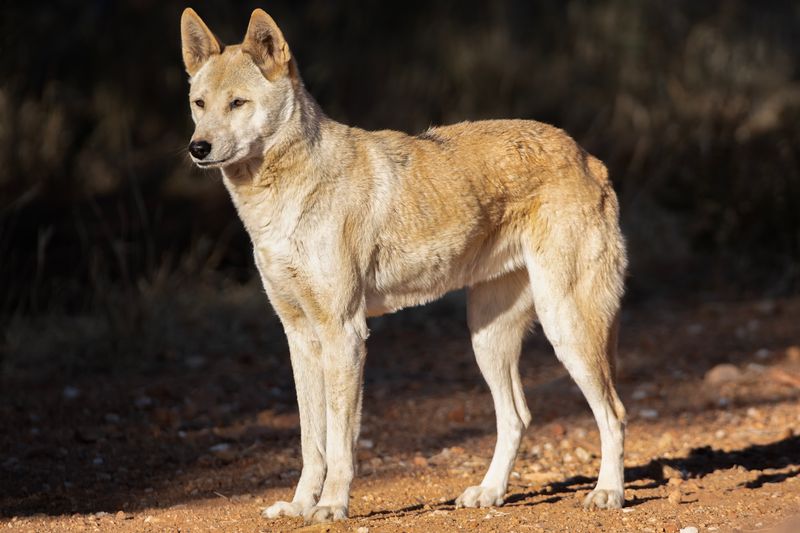
The dingo, Australia’s wild dog, is a versatile and cunning predator that has masterfully adapted to the diverse environments of the outback. With a muscular build, bushy tail, and striking golden fur, dingoes are well-suited for navigating the rugged terrain of their harsh habitat.
These intelligent creatures are known for their acute senses, aiding them in hunting a wide array of prey, from small mammals to birds. Dingoes often live in packs, relying on cooperative strategies to bring down larger prey and enhance their chances of survival.
Their ability to communicate through a variety of vocalizations and body language strengthens pack cohesion and ensures successful hunts. Adaptability is key to the dingo’s success; they can survive on limited water, obtaining moisture from their food and conserving energy during the hottest parts of the day.
Dingoes also play a crucial ecological role, controlling the population of certain species and preventing overgrazing. Their presence in the outback is a testament to the delicate balance of nature and the resilience required to endure the challenges of such a demanding environment.
4. Thorny Devil
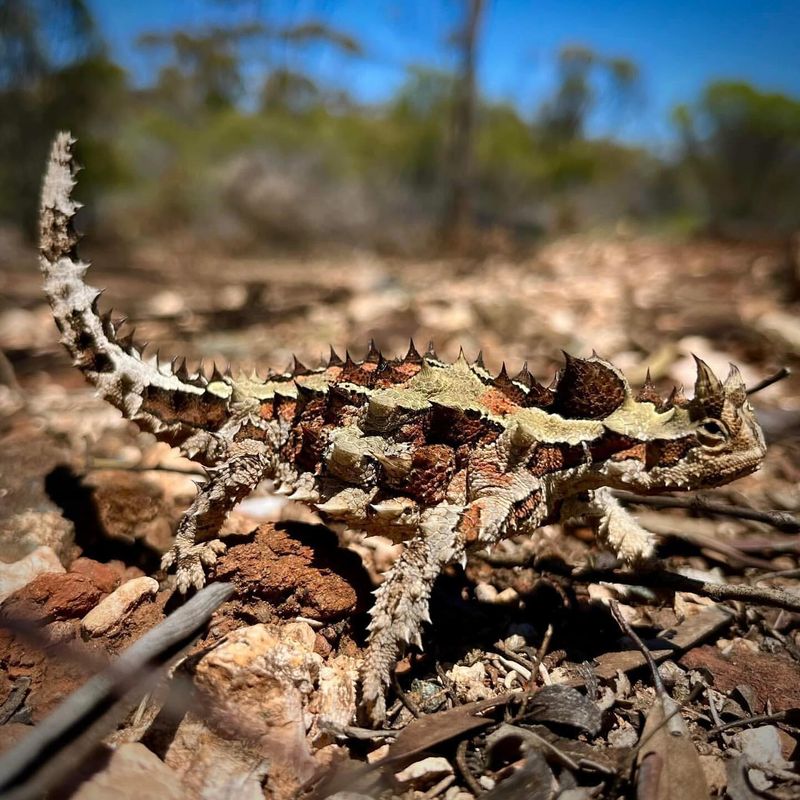
The thorny devil, also known as the thorny dragon, is a small yet formidable reptile that inhabits the arid regions of the Australian outback. Its distinctive spiky appearance serves as both a defense mechanism and an effective camouflage against predators.
This unique lizard has evolved a specialized method of collecting moisture by channeling dew and rain along its spines directly to its mouth. The thorny devil’s diet consists primarily of ants, which it consumes in large quantities, showcasing its specialized feeding habits.
With a slow and deliberate movement, this reptile conserves energy and remains stealthy in its sandy environment. Its ability to change color depending on the temperature further aids in its survival, allowing it to blend seamlessly with its surroundings.
The thorny devil’s resilience is exemplified by its ability to withstand extreme temperatures and limited water availability. This extraordinary creature is a testament to the incredible adaptability of Australia’s wildlife, thriving in one of the world’s most challenging landscapes.
5. Bilby
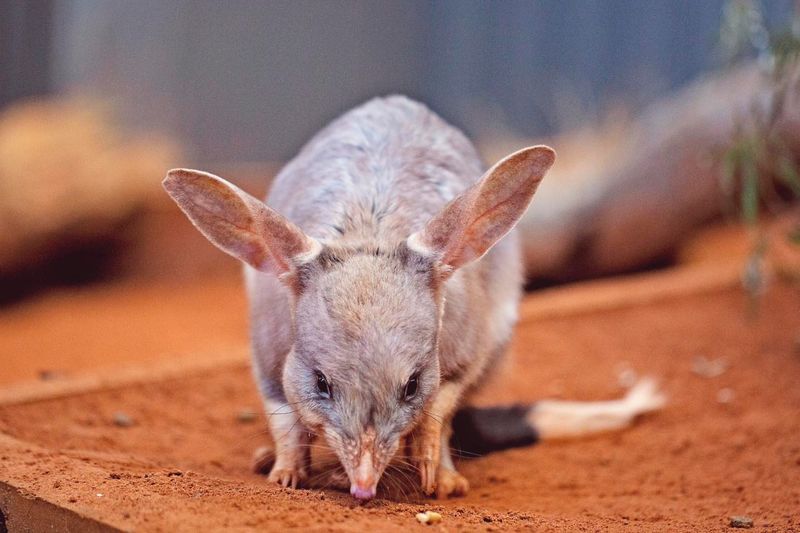
The bilby, a small marsupial with rabbit-like ears and a long pointed snout, is a nocturnal inhabitant of the Australian outback. Known for its burrowing habits, the bilby creates complex tunnel systems that provide refuge from the searing daytime heat.
Emerging at night, it forages for seeds, insects, and bulbs, using its keen sense of smell to locate food. Bilbies play a vital role in the ecosystem by aerating the soil and aiding in seed dispersal, contributing to the health of their environment.
Their long ears serve a dual purpose, enhancing hearing and helping regulate body temperature in the hot climate. Adapted to arid conditions, bilbies obtain moisture from their diet, reducing their dependency on water sources.
Conservation efforts are crucial for the bilby’s survival, as habitat loss and introduced predators pose significant threats. The bilby’s presence in the outback symbolizes the delicate balance of nature and the ongoing efforts to preserve Australia’s unique wildlife heritage.
6. Perentie
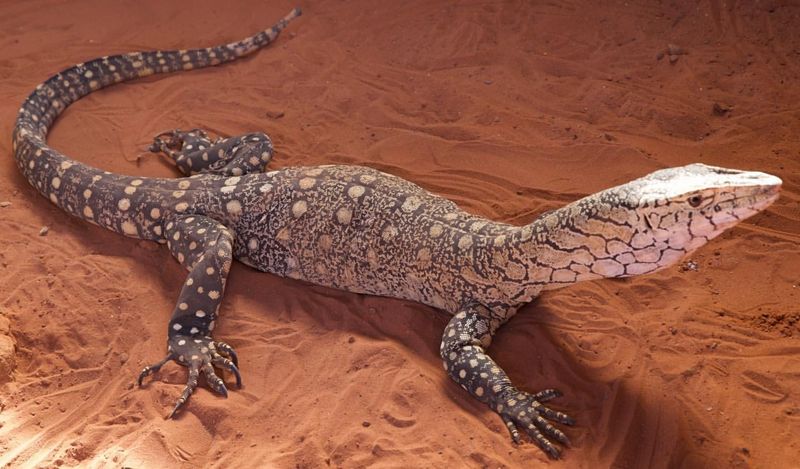
The perentie, Australia’s largest monitor lizard, is a formidable predator that roams the arid expanses of the outback. Growing up to eight feet in length, this majestic creature is easily recognized by its robust build and intricate skin patterns.
Perenties are skilled hunters, utilizing their keen eyesight and powerful limbs to stalk and ambush prey. Their diet is diverse, including small mammals, birds, and reptiles, showcasing their adaptability to the harsh environment.
In addition to their hunting prowess, perenties are adept climbers and swimmers, allowing them to exploit various terrains. These reptiles rely on burrows and rocky crevices for shelter, conserving energy and escaping the intense heat.
The perentie’s resilience and adaptability make it a key player in the ecosystem, controlling prey populations and contributing to ecological balance. As a testament to nature’s power, the perentie embodies the rugged spirit of the Australian outback.
7. Wedge-Tailed Eagle
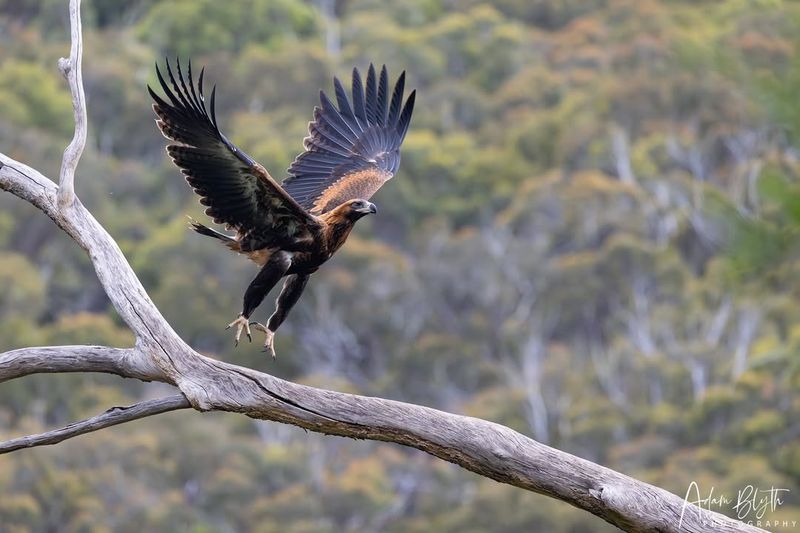
The wedge-tailed eagle, Australia’s largest bird of prey, reigns supreme in the skies above the expansive outback. With a wingspan that can exceed seven feet, these majestic raptors are perfectly adapted to the open landscapes.
Their keen eyesight allows them to spot prey from great distances, making them formidable hunters. Wedge-tailed eagles primarily feed on small mammals and carrion, playing a crucial role in the ecosystem by controlling populations and cleaning up the environment.
Their strong talons and powerful beak enable them to capture and tear apart their prey with precision. These eagles are known for their impressive aerial displays, often seen soaring on thermal currents high above the earth.
Nesting in tall trees or cliffs, they demonstrate remarkable territorial behavior, defending their domain with tenacity. The wedge-tailed eagle’s presence in the outback is a symbol of freedom and the untamed beauty of Australia’s wilderness.
8. Spinifex Hopping Mouse
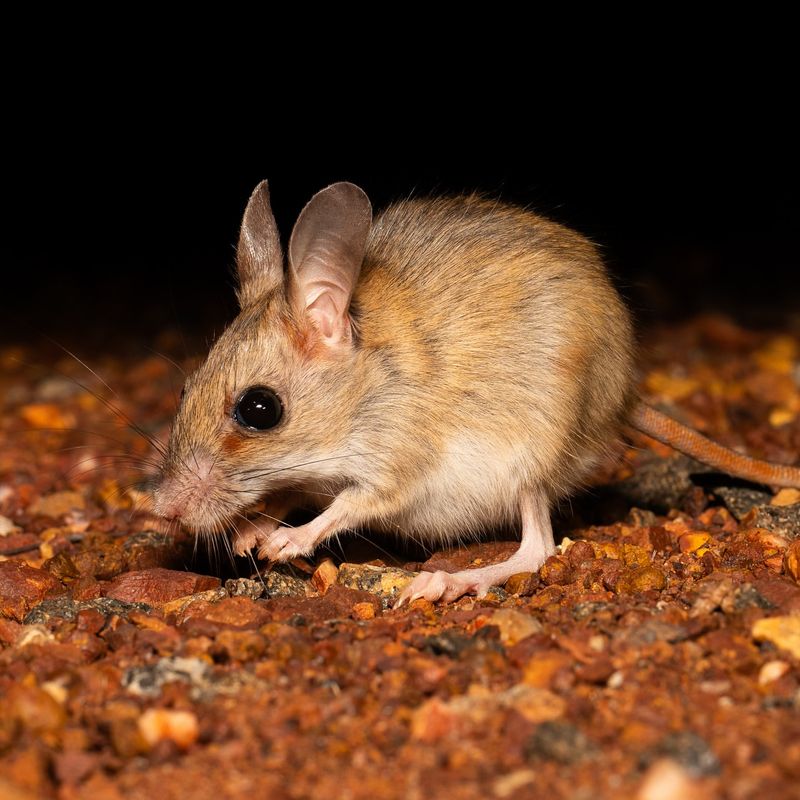
The spinifex hopping mouse is a remarkable creature, perfectly adapted to the arid conditions of the Australian outback. With its large eyes and elongated hind legs, it resembles a miniature kangaroo, enabling it to travel swiftly across the sand dunes.
This nocturnal rodent spends the day in cool burrows, emerging at night to forage for seeds and insects. Spinifex hopping mice are highly efficient in their water use, obtaining moisture from their diet and producing concentrated urine to conserve water.
Their long tails aid in balance during rapid movements, allowing them to escape predators with ease. Living in colonies, these mice exhibit social behaviors that enhance survival in the challenging outback environment.
Their burrowing activities contribute to soil aeration and the dispersal of plant seeds, playing a vital role in the ecosystem. As a symbol of adaptability, the spinifex hopping mouse showcases the incredible diversity of life in Australia’s harsh landscapes.
9. Central Bearded Dragon
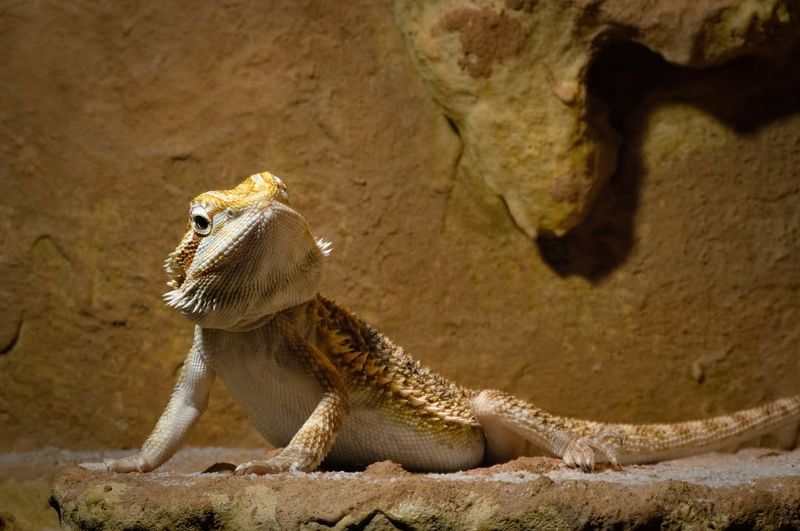
The central bearded dragon is a popular and hardy reptile that thrives in the sun-drenched deserts of the Australian outback. Its name derives from the spiky ‘beard’ it displays when threatened, a distinctive characteristic that adds to its unique appearance.
Bearded dragons are adept climbers, utilizing rocks and branches to bask in the sun and regulate their body temperature. Their diet is omnivorous, consisting of insects, small vertebrates, and vegetation, allowing them to adapt to varying food availability.
These reptiles are known for their placid nature, often seen in a relaxed state, soaking up the warmth of their environment. The ability to alter their skin coloration helps them blend into their surroundings and communicate with other dragons.
Bearded dragons play a role in controlling insect populations, contributing to the balance of their ecosystem. As a resilient inhabitant of the outback, the central bearded dragon exemplifies the rugged beauty and adaptability of Australia’s wildlife.
10. Galah
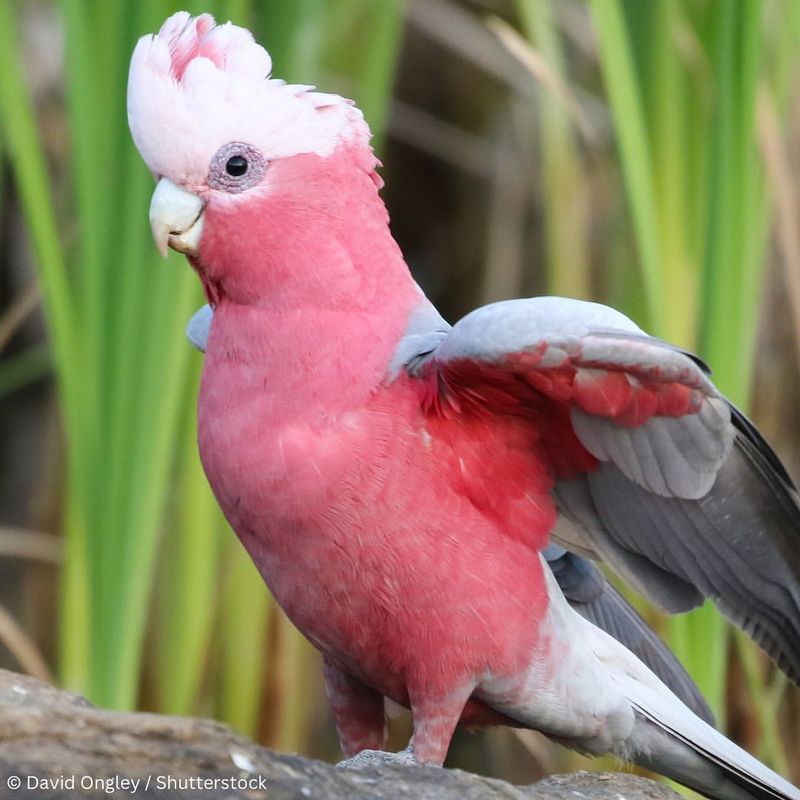
The galah, a vibrant pink and grey cockatoo, is a familiar sight in the open woodlands and grasslands of the Australian outback. These sociable birds are often seen in large flocks, chattering noisily as they forage for seeds and grains.
Galahs are highly adaptable, thriving in a variety of environments, from urban areas to remote wilderness. Their strong beaks are perfectly suited for cracking open seeds, while their playful nature makes them a favorite among birdwatchers.
Despite the harsh conditions of the outback, galahs can find food and water sources, displaying remarkable resilience. These cockatoos are known for their acrobatic flight patterns, adding a splash of color to the clear blue skies.
Galahs play a role in seed dispersal, helping to maintain the diversity of plant life in their habitat. As a symbol of adaptability and community, the galah embodies the vibrant spirit of Australia’s unique avian life.

